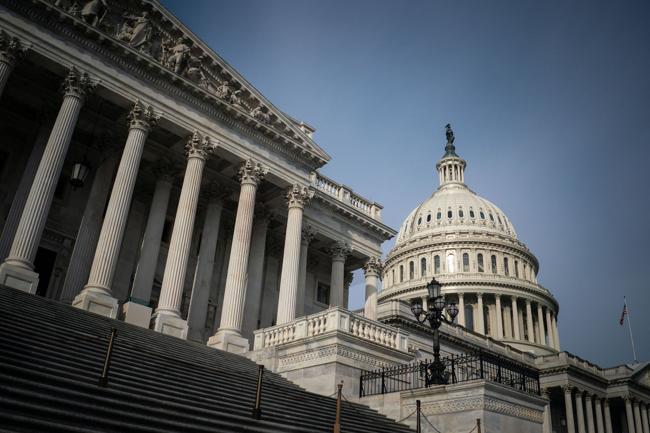Summary
Japanese government data released Friday present a mixed picture of rising inflation and sluggish industrial activity.
Source: The Wall Street Journal on MSN.com

AI News Q&A (Free Content)
Q1: How does the current inflation in Japan affect its status as a major global economy?
A1: Japan, being a highly developed mixed economy and the world's fifth-largest by nominal GDP, is experiencing inflation that impacts its economic dynamics. The economy has historically faced challenges like the burst of the asset price bubble in the early 1990s which led to prolonged stagnation. The current inflation, coupled with weak production, exacerbates these challenges, potentially affecting Japan's sizable trade and financial markets.
Q2: What are the potential causes of inflation in Japan, and how do they relate to production inefficiencies?
A2: Research suggests that inflation is often linked to production inefficiencies. In Japan, these inefficiencies are partly due to economic structural issues and the global economic environment. Studies highlight that inefficiencies in production, such as waste and suboptimal resource allocation, contribute significantly to inflationary pressures.
Q3: How do production networks influence inflation in small open economies like Japan?
A3: In small open economies, production networks significantly influence inflation. These networks alter the elasticity of the consumer price index (CPI) by affecting how domestic and import prices impact inflation. Japan's integration into global production networks means that changes in international prices can have amplified effects on its domestic inflation.
Q4: What is the role of the Bank of Japan in managing the current economic challenges posed by inflation?
A4: The Bank of Japan has historically employed strategies such as quantitative easing and negative interest rates to stimulate economic growth and counter deflation. In the face of rising inflation and weak production, the Bank must carefully balance these measures to stabilize prices without stifling economic activity.
Q5: How does Japan's industrial and service sectors contribute to its current economic situation?
A5: Japan's economy is heavily service-oriented, contributing about 70% of the GDP. The industrial sector, dominated by the automobile industry, plays a significant role but has seen a decline in global dominance. This shift from manufacturing to services influences the country's ability to respond to production-related inflationary pressures.
Q6: What historical events have shaped Japan's economic approach to dealing with inflation?
A6: Japan's economic strategies have been shaped by events such as the post-WWII economic boom, the asset price bubble of the 1990s, and the Fukushima nuclear disaster. These events led to policy shifts towards aggressive monetary policies to combat deflation and encourage growth, influencing current approaches to managing inflation.
Q7: What lessons can be learned from Japan's approach to inflation for other economies facing similar issues?
A7: Other economies can learn from Japan's experience with prolonged deflation and its use of monetary policies like quantitative easing. The importance of addressing structural inefficiencies in production and maintaining flexibility in economic policies are key takeaways for managing inflation effectively.
References:
- Economy of Japan
- Inflation and Value Creation: An Economic and Philosophic Investigation
- Inflation in Disaggregated Small Open Economies





